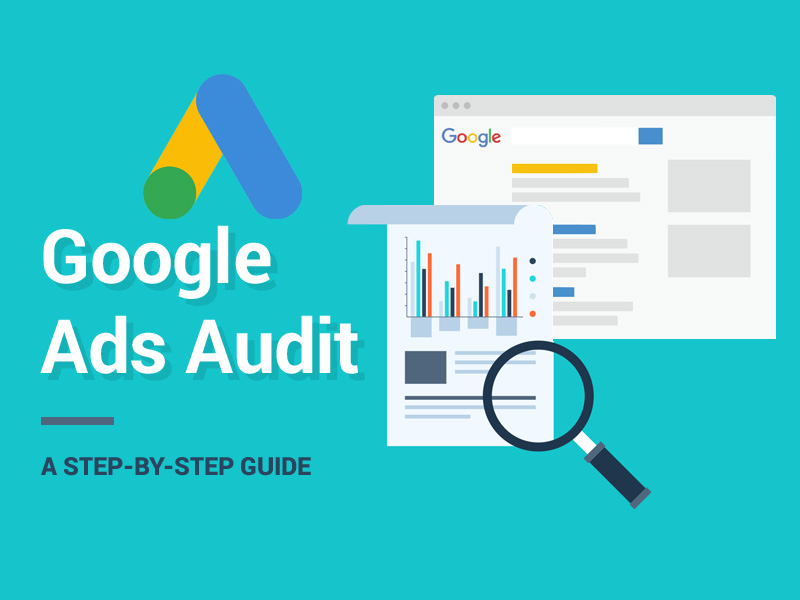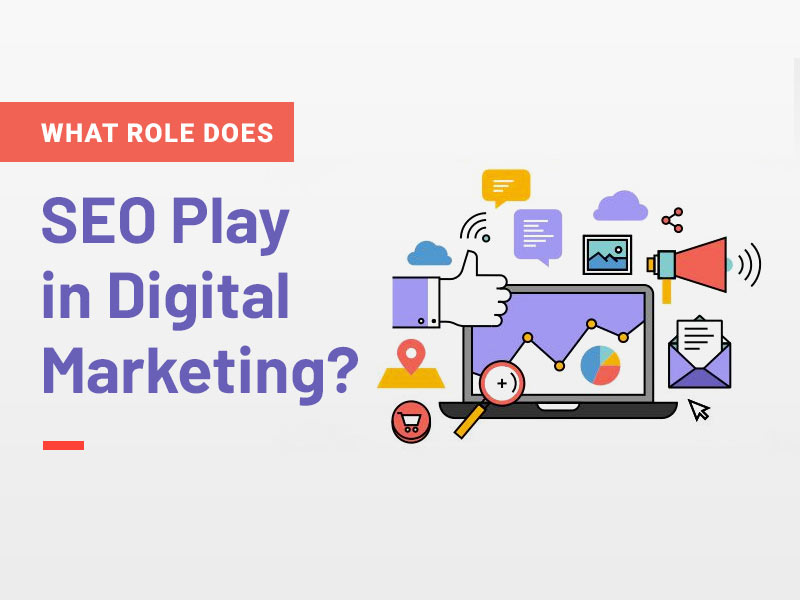All businesses are currently thinking of digital marketing to generate the best from their campaigns. On that note, you cannot speak of digital marketing without dealing with a Google ads audit. If you are running a Google ads account, then you clearly understand why it is necessary to conduct an audit and ensure that everything works out perfectly.
Do you remember the last time you conducted an audit on your Google ads account? This question should always open up your eyes and remind you about your business objectives. However, in order to carry out a perfect Google ads audit exercise, you need to identify the basic steps that your Google account requires to make the work easier.
Are you aware of the check-up steps that you need to follow during the auditing process? This blog post offers you a step-by-step guide on what you need to do in order to get the job done. Read on!
1. Linking Your Google Analytics Account
You need to ensure that your Google ads account is properly linked to the respective Google analytics account to enhance the collaboration between the two entities. Imagine waking up one day and realizing that the person helping you run your campaigns has never tracked a single element. You will have wasted lots of resources and time which you cannot recover.
The best thing to do is double-check the connection between your ads account and the analytics section to ensure that the two are working collaboratively to attain the same goal. Also, after ensuring that all your accounts have been linked correctly, confirm if the correct view has been linked to make it easier to read and analyze the data report.
Note that you can set different views on your account depending on what works better for you. For instance, you can choose either the test view, the all website data view, or the reporting view. Sometimes, you might realize that your Google Analytics account has been linked to the wrong view, affecting the final results of the data report.
Recommended: 10 Best Google Ads Design Templates for Better Conversion
2. Campaign Structure and Settings
Campaign structuring is another crucial area that you need to ensure that it has been set up perfectly. Ensure that the campaigns are perfectly themed and organize them in groups depending on the keywords used. You can organize the campaigns in terms of match type, level of intent, and the search query.
However, it has been revealed that the campaigns that use all the ad groups usually perform better. Also, focus on the campaign optimization to check whether they are mainly limited by budget or not. Check if they are consuming the entire budget that has been set up or not. Remember that budget requires a dedicated balance that takes time to learn and master.
Even though using the Google search partner network seems to be a nice idea that can work for you, you should also make the best use of your budget. The best approach is to ensure that you opt-out of the network and use your stipulated budget since this strategy keeps the money cycling across Google.
3. Campaign Budgets
The current business world requires budget optimization to get the best out of your finances. The main agenda is to analyze whether the budget is mainly allocated for the highest areas of opportunity within the business. Monitor and confirm if you are dealing with an overall campaign, a single keyword, or an ad group within a campaign.
Conduct a Google ads analysis to identify the support decisions that can help you identify the best way possible to maximize the budget. If you opt for the automated PPC bidding, you should know how Google spends and accounts for its cash. To limit your budget, ensure that every campaign target a potential location where there are customers that can convert.
Also, monitor keenly on your ad schedule to ensure that it’s presented on the right date and at the right time. In the beginning, when you create your ad campaigns, they will be shown up every day at any time. After three months, the ads will have collected enough data that can give you guidance on the perfect ad schedule.
4. Ad Copy and Structure
Given that Google is becoming better and smarter, the competition rate on the platform is extremely high. This means that you need to do everything possible to ensure that your ads appear on the first page to increase your chances of securing clients. Your Google ad copy and structure significantly impact your business performance.
The ad copy should incorporate keywords in line with your business objectives. Besides, the keywords should be used organically to enable the Google crawler to identify your copy and make your business unique. Also, the copy should align with what the user searches on Google. Ensure that every ad targets at least one keyword.
In addition, every ad copy should have a concise call to action with a unique value proposition. Ensure that every ad group has about three to five ads in order to give an expansive room for ad testing. To make it simple, every ad copy should guide a particular landing page.
Read also: 7 Tips to Create an Ad and Win Customers
5. Keywords
Keywords are one of the major problems that most digital advertisers face in their daily operations. Ensure that you understand the number of keywords to include in an ad group, dealing with low search volume keywords, and how to handle expensive keywords. If you are not using the automatic bidding strategy, you need to monitor your keyword bids.
Evaluate the general cost per click, also known as CPC, and if it is worth the cost per conversion. Do not spend lots of money on keywords that are not generating revenue for your business. Analyze all the components of your keyword quality score, whether they are optimized or not. Also, you can check if you can make any changes on the landing pages and ad copies to enhance your keywords’ quality score.
Optimizing and testing your keywords is an essential activity that can enable you to identify the most suitable keywords to use in your ads and landing pages. In addition, you should be patient when it comes to dismissing the long-tail keywords until when you conduct the respective test.
Summary
Every aspect you conduct on your Google account is mainly tailored to enhance the conversion rate. However, PPCexpo the areas of concern change frequently depending on the nature of your running campaigns. Given that the business industry is constantly growing, it is vital to ensure that your Google ads account has been updated.







